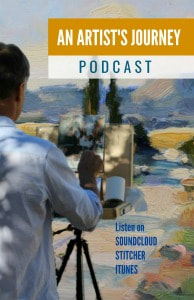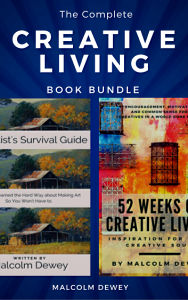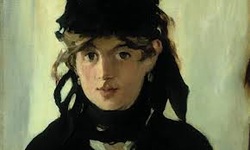 Manet's Berthe Morisot (detail) Recently a participant of my online workshop noted that I painted many landscapes. She wanted to know if I could help her paint portraits too. I answered that I could and briefly spoke about the universal approach to painting irrespective of the subject. It was a good question and needs a fuller response. My workshop covers many aspects of painting, but there is perhaps one central theme. Learning how to see like an artist. This has to be learnt through conscious practice over time. Innate talent is within us all. To unleash this talent effectively requires intention and practice. Nobody can teach originality or style. Those qualities are the happy burden for each artist to carry. But learning to see like an artist can be taught to the willing student. How does this relate to portrait painting? Simply this - a portrait or figure study is an arrangement of shapes in various hues and values. There is also the gesture of the person although this covers more than technique. Most students will be focused on technique at first and this is fine to begin with. Not convinced? Painting landscapes is challenging. There is good reason why so many great artists have spent so much time painting the great variety of subjects that nature provides. Light, seasons, colours and moods fill our natural world with variety on a daily basis if not hourly. No wonder that we love landscapes so much. Look closer and it is clear that an artist must be able to see accurately, evaluate and make decisions about shapes, hues and values not to mention placement of brushstrokes. If painting plein air then these decisions must be made quickly. These skills apply to portrait painting too. Yes there is some license given to the landscape artist to leave out elements that distract and if a tree is "moved" for better composition then this may be forgiven too. However painting a likeness in a portrait requires accurate recording of shapes in their proper place. This is when the hours of training the eye to see accurately will help the artist. Manet's portrait of Berthe Morisot is an example of painterliness that conveys a likeness and intrigues us with shapes of colour and brushwork when viewed closer. The bold contrasts between light and dark shapes is an important approach for every landscape artist too. It bears mentioning that Manet was also an accomplished landscape artist. Another benefit to the landscape artist is the ability to work with a larger brush to carve out planes and surfaces. A comparison to sculpture with a brush instead of a chisel is helpful to illustrate this approach. This avoids the overly rendered photo-realist approach that in so many cases results in a dull surface (note the protests over the Dutchess of Cambridge's portrait). Would Manet's approach have been better to capture something more intangible? Colour notes placed carefully yet expressively in shaping a portrait is, to my view, more desirable and interesting than overly-rendered realism. But that is a matter of choice. It must also be said that painting from life instead of a photograph will give better results. Many landscape artists have developed this skill outdoors. There can be no messing about with fiddly details outdoors. This helps in portrait painting too. Give it a try. Painting is an adventure and any limits are self-imposed. Paint what makes you joyful and try many different subjects to really grow as an artist. |
AuthorMalcolm Dewey: Artist. Country: South Africa Archives
June 2024
Categories
All
FREE
|
|

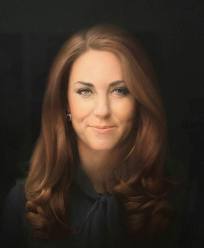
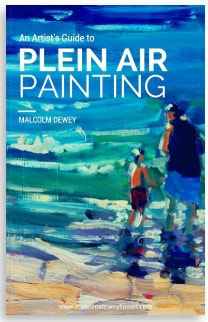
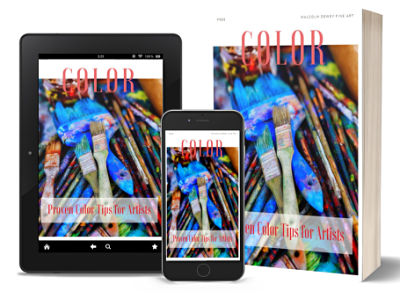
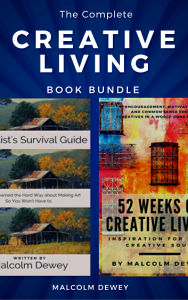
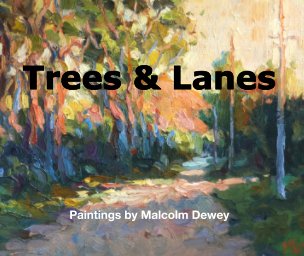





 RSS Feed
RSS Feed
